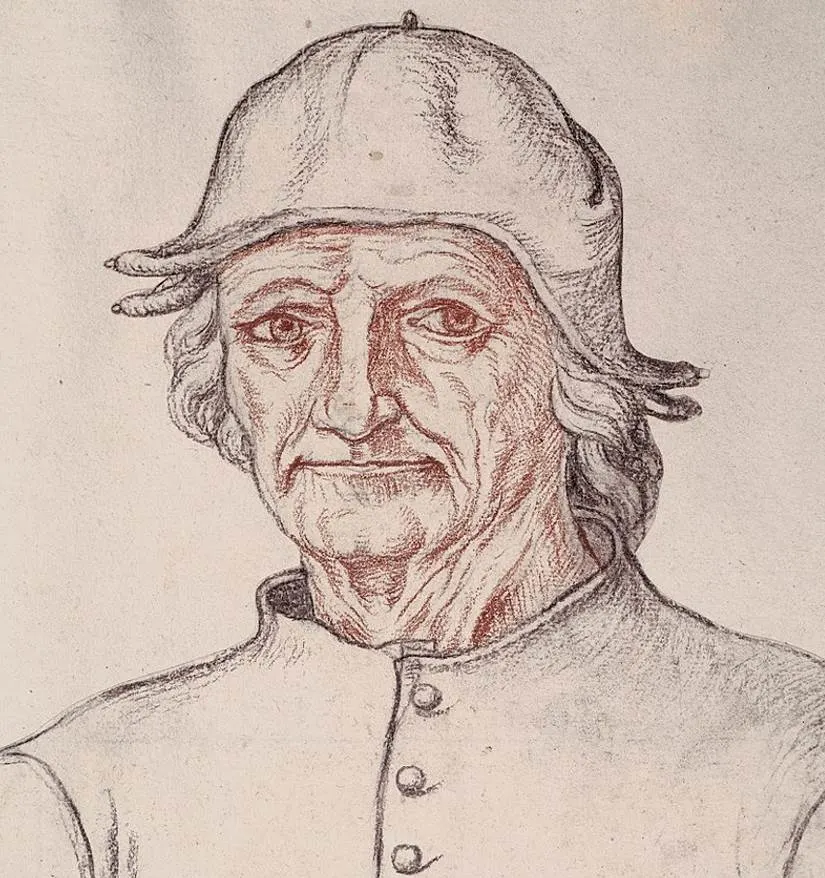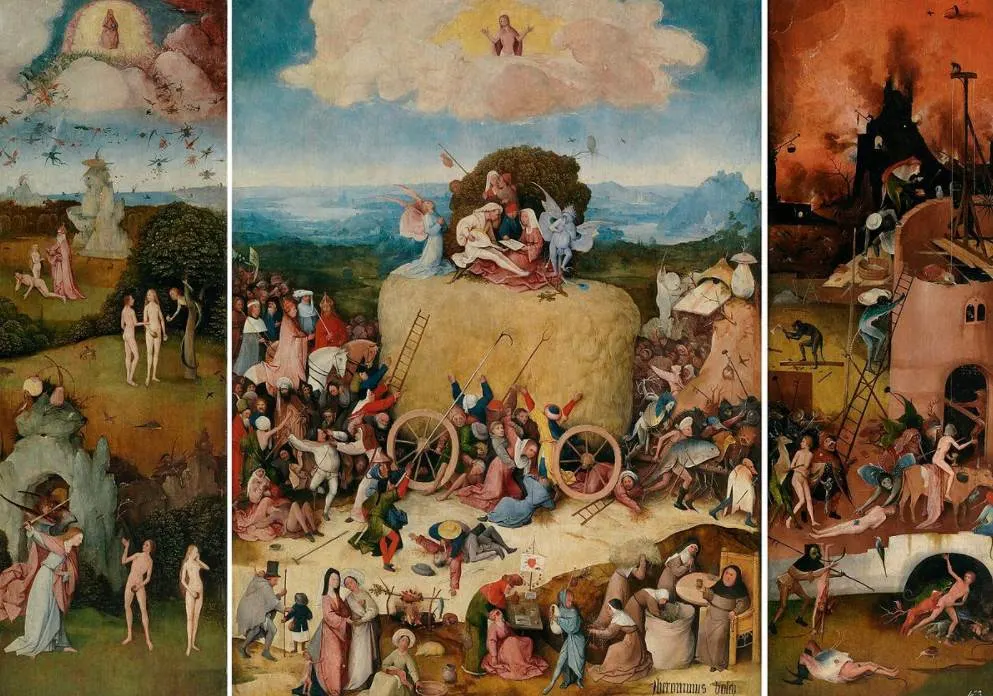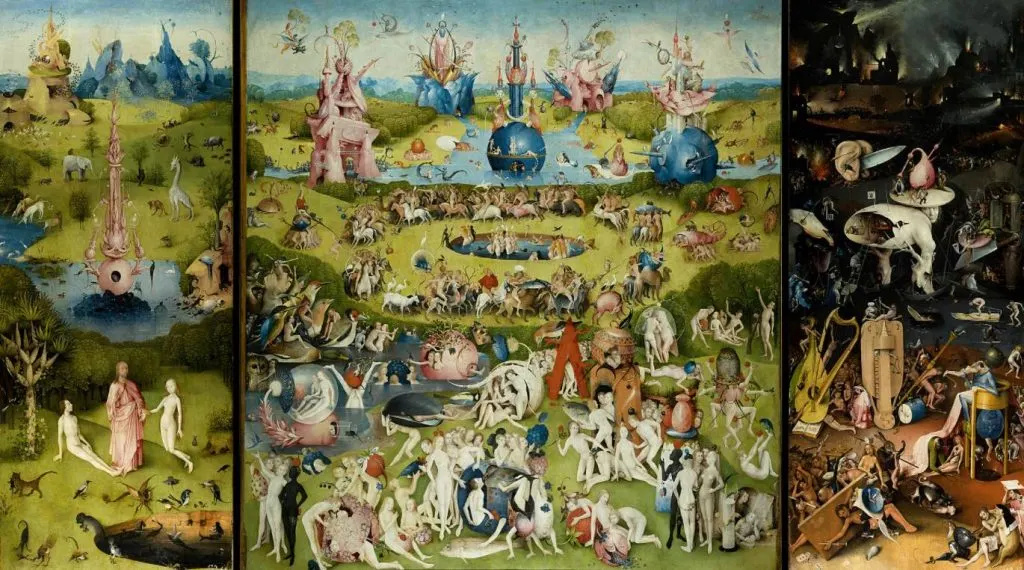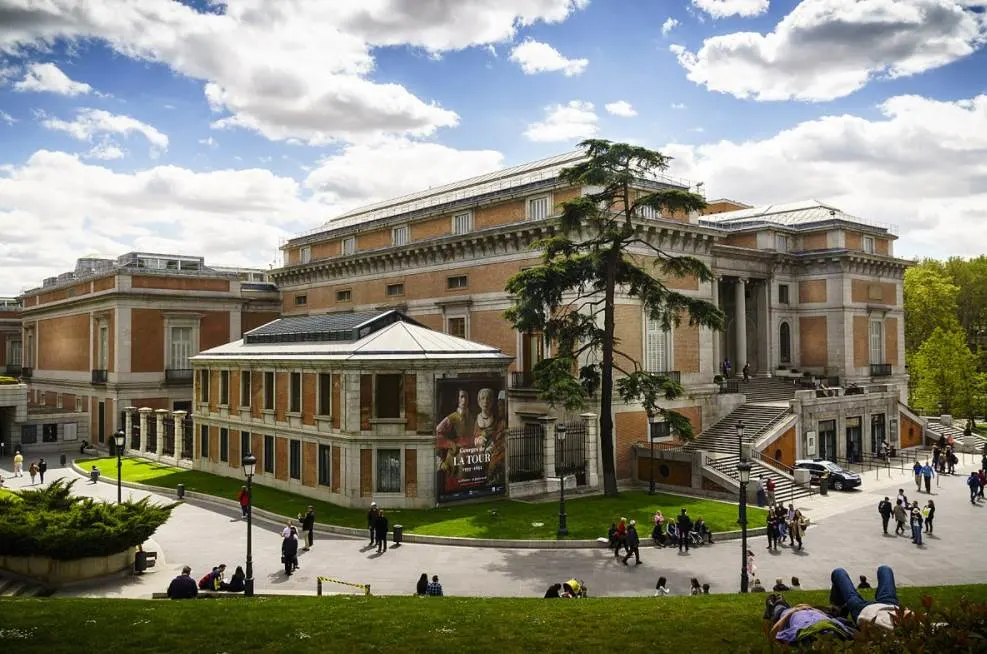One of the most mysterious painters in European history produced some of the most fascinating Renaissance paintings. What he meant with them remains up for interpretation until today.
Little is known about the man because he didn’t leave behind a lot of clues except for his remarkable works of art.
In this article, you’ll discover some of the most interesting facts about Hieronymus Bosch, a Renaissance artist who was one of the most influential figures of Early Netherlandish painting.
1. His name is a reference to where he lived most of his life
Hieronymus Bosch (1450-1516) is the commonly used name of a man who was born Jheronimus van Aken. He was born around 1450 but it’s unknown when exactly.
This is just one of the many mysteries that surround this man. Jheronimus is the Middle Dutch version of “Jerome,” and “van Aken” means “From Aachen,” a reference to the German city that his forefathers came from.
Hieronymus is therefore another version of his birth name and Bosch is a reference to ‘s-Hertogenbosch, a city in the southern part of modern-day Netherlands.
This city was part of the Duchy of Brabant at the time of his birth in the Burgundian Netherlands. This area was taken over by the Habsburg Netherlands in 1482 until the establishment of the Dutch Republic in 1588.

2. He was born into a family of painters halway through the 15th century
Little is known about the life of Hieronymus Bosch, which also includes how he was trained. We can, however, link his family because he was born into a family of artists.
His grandfather was a man named Jan van Aken and although he died just 4 years after Hieronymus was born in 1454. We know he was a painter and had at least 4 sons who were painters as well.

His father was named Anthonius van Aken (died in 1478) was even the artistic adviser of the Illustrious Brotherhood of Our Blessed Lady in ‘s-Hertogenbosch, the religious fraternity to which the family belonged.
3. Only just over 2 dozen paintings are attributed to him
None of the paintings of his family members survive and very few paintings are positively attributed to the artist himself. These are classified into 3 different periods of his life:
- Early works (1470-1485)
- Middle period (1485-1500)
- Late period (1500-1516)
The Bosch Research and Conservation Project did a serious investigation in his oeuvre and published a book with their findings in 2016.
25 oil on oak wood paintings have been positively attributed to the artist and 8 drawings. Another 6 paintings have been attributed to his workshop.

4. The artist was widely popular during his lifetime
Most of his paintings depict fantastical landscapes with a wide variety of peculiar illustrations. They also have a religious undertone, especially the paintings depicting Heaven and Hell.
The remarkable content of his paintings was held in high regard all across Europe and was widely reproduced. The most popular paintings were the ones in which he painted his representation of Hell.
These reproductions were sent to collectors in the Low Countries but also to Austria and Spain. This means that his popularity exceeded his region, even during his lifetime.
5. There are several ways as to how his paintings can be interpreted
Is the content in the paintings of Hieronymus Bosch merely the work of an eccentric fantast or does it have a deeper meaning?
This is the question that has been asked since the 16th century, but nobody has been able to give a conclusive answer to it.
One popular explanation that has been suggested is that the paintings of Bosch were merely intended as a form of entertainment. In that sense, it would have been in line with the “Grotesschi” paintings produced by Italian artists during the Renaissance.
More recently, art historians have concluded that the religious undertone of the paintings is very serious This would mean that his depictions of Heaven and Hell are reflections of common beliefs of his time.
Regardless of the true meaning, his masterpiece “The Garden of Earthly Delights” (1495-1505) is considered to be one of the ultimate masterpieces ever produced.

More interesting facts about Hieronymus Bosch
6. Although it’s generally agreed that Hieronymus Bosch was born around 1450, this year isn’t confirmed. It’s solely based on a drawing that the artist made of himself shortly before he passed away in 1516. IN this drawing he appears as an elderly man.
7. 16 of the 25 surviving paintings in his oeuvre are triptych altarpieces of which 8 are still intact today. This includes his ultimate masterpiece The Garden of Earthly Delights, The Last Judgement, Adoration of the Magi, and The Temptation of St. Anthony.

8. The paintings of the artist differ from other Early Netherlandish artists, Flemish artists who are also referred to as the Flemish Primitives and who worked in the Early Renaissance.
Artists such as Jan van Eyck (1390-1441) applied multiple layers of oil to his paintings which almost completely hid the brush strokes. Bosch’s paintings are so-called “impasto paintings” which means he applied thick layers of paint resulting in visible brushstrokes.
9. Dating the paintings of Hieronymus Bosch was a complicated task because he rarely signed and dated his paintings. He only signed 7 of his paintings in total. The task was made harder because multiple of his paintings were copied in the 16th century.

10. The Duchy of Brabant where he lived was under Burgundian rule during the early phase of his life but became part of the Spanish Netherlands in 1482. This is significant because it made his paintings available to King Philip II of Spain (1527-1598).
He was a great patron of the arts and his reign marked the start of the Spanish Golden Age. He acquired multiple paintings by Bosch and that’s the reason why several are currently on display at the Prado Museum in Madrid, including his world-famous Garden of Earthly Delights.

